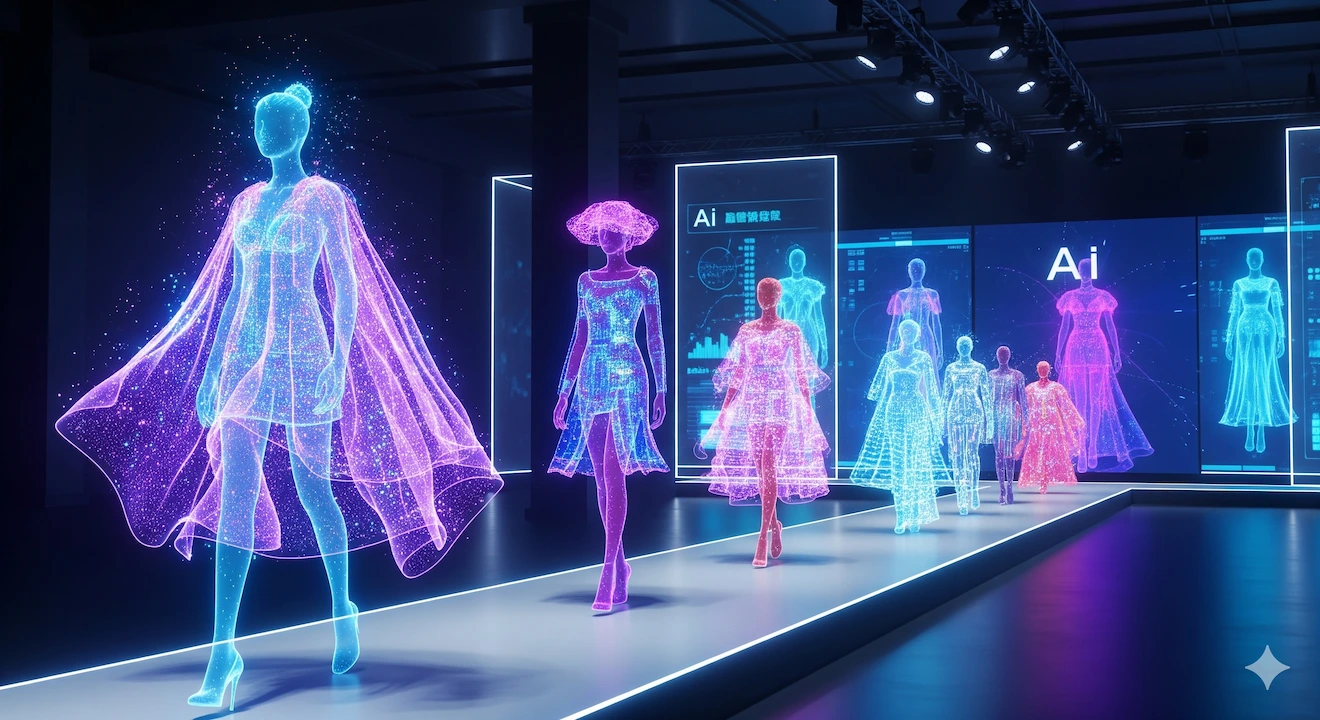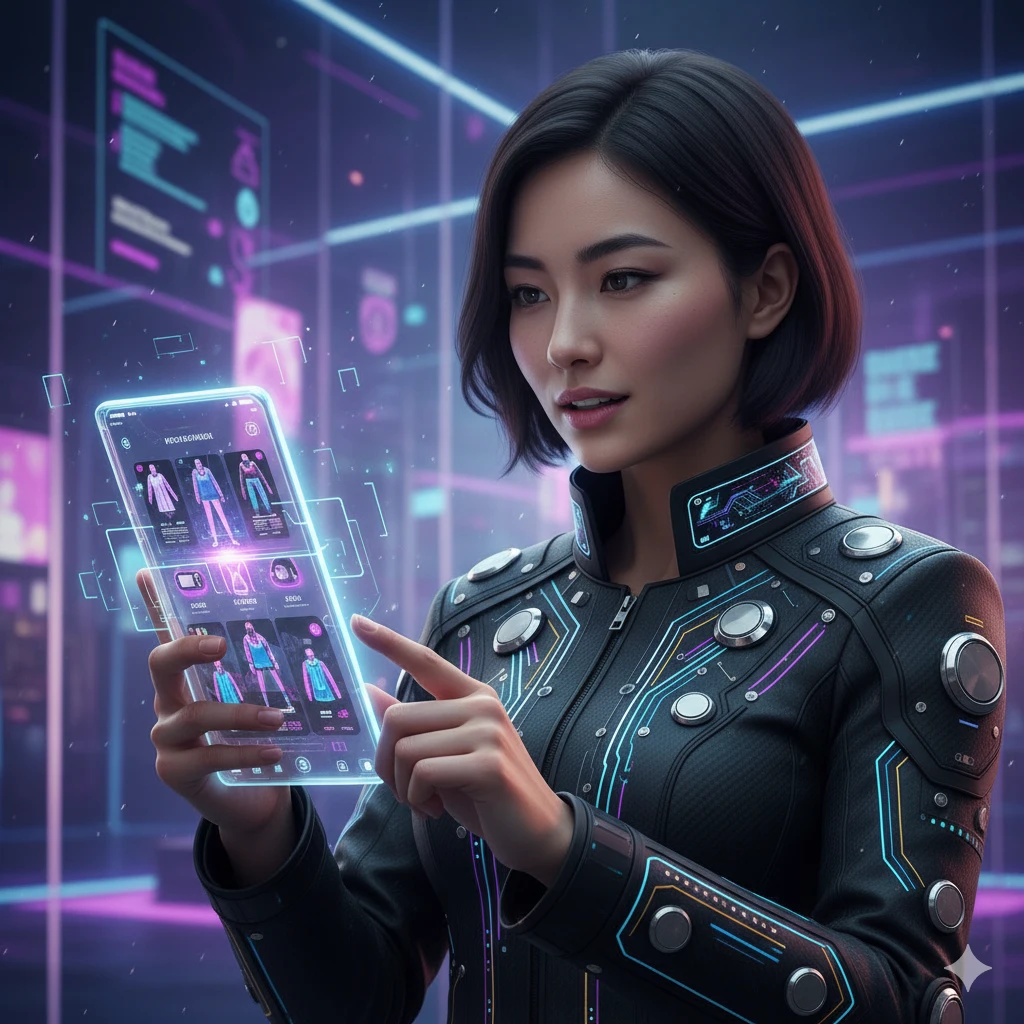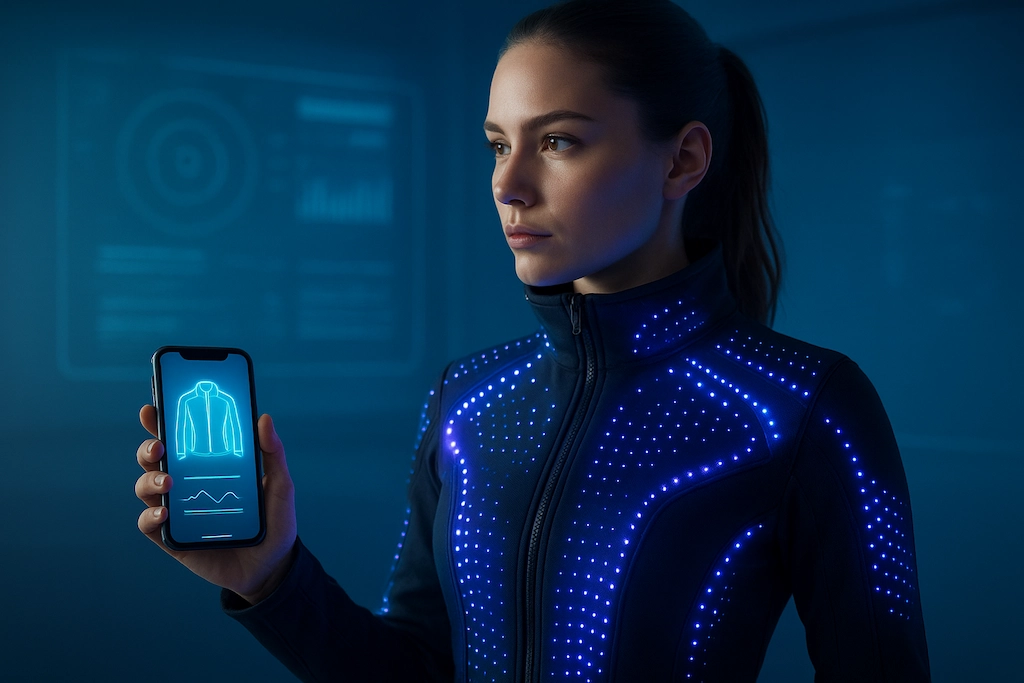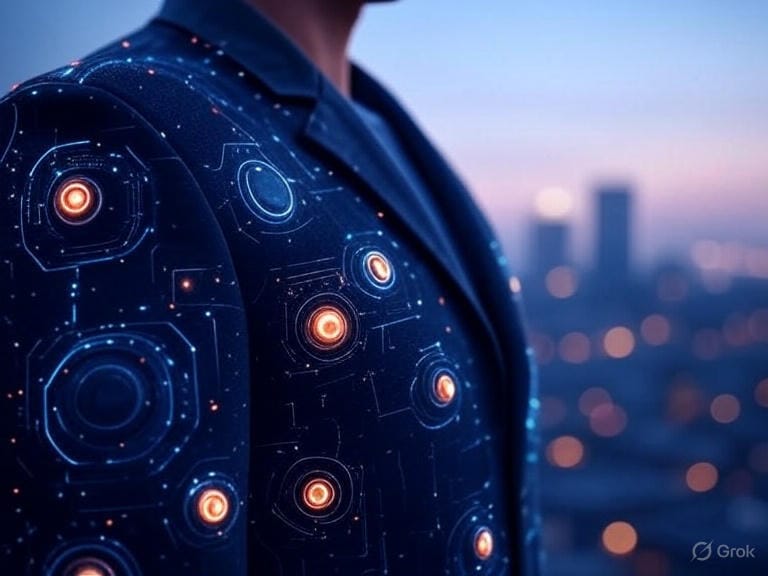GloNews10

Fashion has always been a reflection of society, culture, and innovation. From the industrial revolution that transformed textile manufacturing to the rise of e-commerce that changed the way people shop, every era has witnessed a technological shift in fashion. In 2025, that transformation is being driven by artificial intelligence (AI). The rise of AI-driven fashion trends in 2025 is redefining what it means to dress, shop, and express individuality in a digital-first world.
In this in-depth article, we’ll explore how AI is reshaping fashion in 2025 and beyond, from personalized styling to sustainable production, digital clothing, and the future of fashion weeks.
Before diving into trends, it’s important to understand how AI functions within the fashion industry. Artificial intelligence refers to algorithms and systems that can analyze massive amounts of data, recognize patterns, and make decisions or recommendations based on that data. In fashion, this means AI can:
In short, AI bridges creativity with analytics, allowing fashion brands to cater to individual needs while also improving efficiency.
One of the biggest consumer-facing changes in 2025 is the rise of hyper-personalized shopping, a central part of AI-driven fashion trends in 2025. Traditional online shopping showed the same product pages to every visitor. Now, AI-powered recommendation engines study user behavior, browsing history, and purchase data to deliver custom shopping feeds.

For example, when a shopper logs into an app like Zalando or Farfetch, the platform instantly tailors clothing suggestions to their size, style, and even mood. AI chatbots also serve as virtual personal stylists, suggesting outfits based on upcoming events or weather conditions. This level of personalization not only enhances customer satisfaction but also boosts conversion rates for fashion brands.
Physical fitting rooms are becoming less important as virtual try-on technology takes center stage. AI and augmented reality (AR) now allow customers to visualize how a piece of clothing will look on their body without physically wearing it. This is another defining aspect of AI-driven fashion trends in 2025, making fashion more interactive and accessible.
Moreover, the rise of digital avatars means consumers can create lifelike virtual versions of themselves to test entire wardrobes. This is particularly popular among Gen Z, who not only use avatars for shopping but also for dressing up their characters in metaverse platforms like Roblox and Fortnite. Fashion in 2025 is as much about physical clothes as it is about digital identities. (Economic Times)
Creativity is no longer confined to human designers. AI-generated fashion has become mainstream, and in the context of AI-driven fashion trends in 2025, it is helping brands stay ahead of consumer preferences. Algorithms analyze millions of existing styles and produce fresh designs. Some designers use AI as a collaborator, feeding it mood boards, textures, and inspirations, while others rely entirely on AI to create futuristic capsule collections.
A good example is The Fabricant, a digital-only fashion house that creates entirely virtual garments. Luxury brands like Gucci and Balenciaga have also started experimenting with AI in their design process, using algorithms to create capsule collections. This not only speeds up design cycles but also reduces costs while still keeping styles innovative.
Fashion in 2025 goes beyond aesthetics—smart clothing is a growing trend. From workout clothes that track heart rate and hydration to jackets that adjust temperature automatically, AI-driven textiles are merging fashion with health and lifestyle.

Sportswear giants like Nike and Adidas are investing heavily in AI-powered fabrics that monitor performance. Meanwhile, luxury brands are experimenting with accessories like handbags with built-in chargers or dresses that change color depending on the environment.
The result is a fusion of utility and style, where fashion becomes more functional without losing its visual appeal.
One of the most pressing challenges in fashion is sustainability. The industry is notorious for waste, pollution, and unethical practices. AI offers solutions by predicting consumer demand more accurately, preventing overproduction, and optimizing supply chains.
For example:
Companies like H&M and Levi’s are already adopting AI tools to cut waste. By 2025, sustainable practices backed by AI are not only desirable but expected by eco-conscious consumers.
The digital economy has given rise to NFT fashion and digital-only clothing. People are spending money on garments that exist only online, worn by avatars or showcased on social media. In 2025, this is no longer a niche market but a booming industry.
Digital fashion is appealing because it:
Brands like Dolce & Gabbana and Nike have already sold NFT-based clothing collections worth millions. The merging of fashion with blockchain technology ensures authenticity, exclusivity, and traceability.
Fashion weeks—once physical events limited to a select audience—are now hybrid AI-powered experiences. In 2025, New York, Paris, Milan, and London Fashion Weeks all incorporate virtual elements. This new format, driven by AI-driven fashion trends in 2025, allows global audiences to attend via VR, with AI avatars often replacing human models.
This democratization of fashion shows not only makes them accessible but also data-driven, allowing designers to tweak collections in real-time based on audience reactions.
Influencer marketing remains a dominant trend, but 2025 has seen the rise of AI-generated influencers. Virtual personalities like Lil Miquela have millions of followers and collaborate with brands just like human influencers. The difference? They never age, never have scandals, and can be programmed to fit a brand’s exact image.
AI also helps brands run more efficient ad campaigns by predicting what types of content resonate most with specific audiences. From TikTok trends to Instagram reels, AI ensures that marketing dollars are spent more effectively.
Despite its benefits, AI-driven fashion faces challenges:
These concerns highlight the need for a balanced approach where AI complements human creativity instead of replacing it.

Looking ahead, AI is expected to further blur the lines between physical and digital fashion. The next decade may bring:
As consumers demand both personalization and sustainability, AI will remain at the core of fashion’s evolution.
Fashion in 2025 is no longer just about fabric and stitches—it’s about algorithms, data, and digital expression. The AI-driven fashion trends in 2025 mark a paradigm shift in how style is created, consumed, and understood. From digital avatars and NFT clothing to smart fabrics and sustainable AI tools, technology is transforming fashion into a future-ready industry.
For designers, brands, and consumers alike, the question is no longer whether AI will shape fashion—it already is. The real question is how we will embrace this transformation and ensure that creativity, sustainability, and individuality remain at the heart of style.